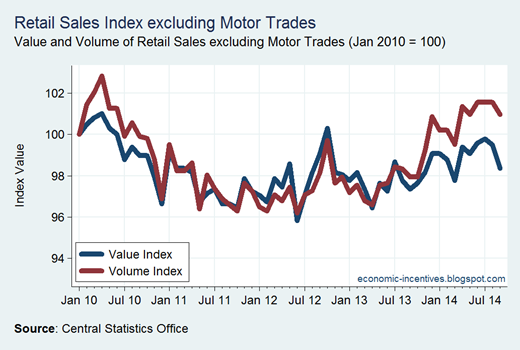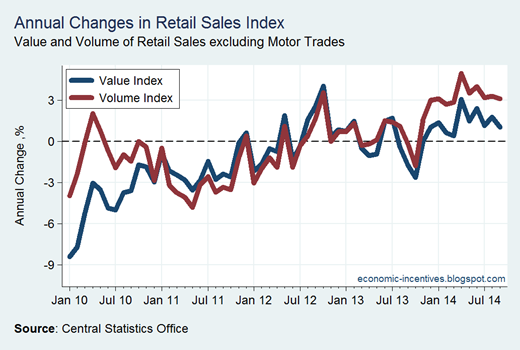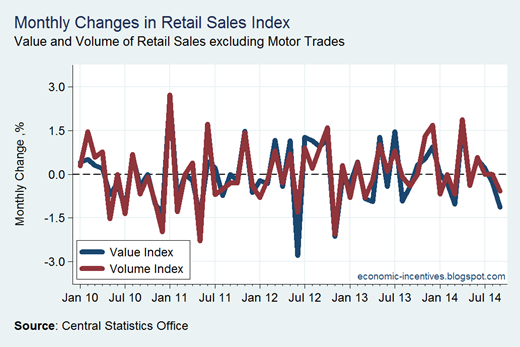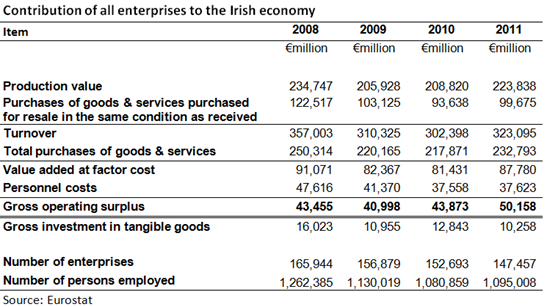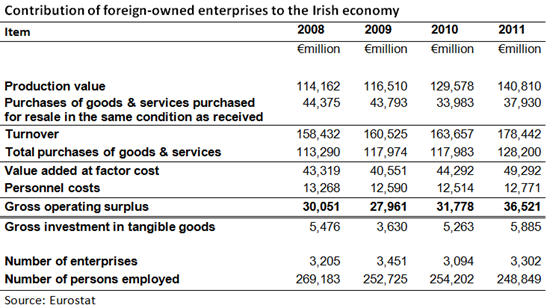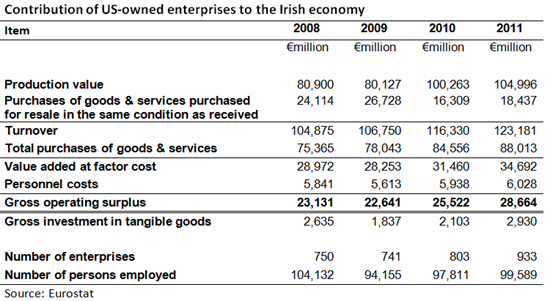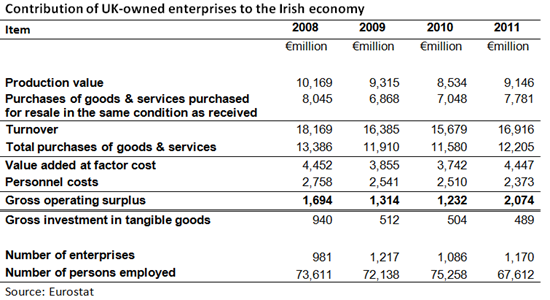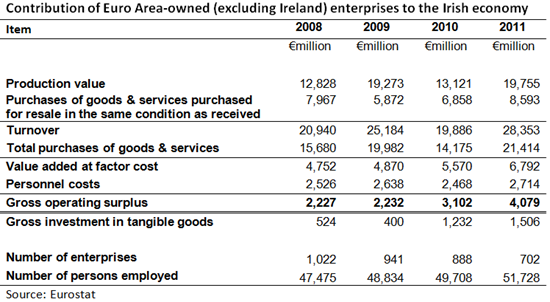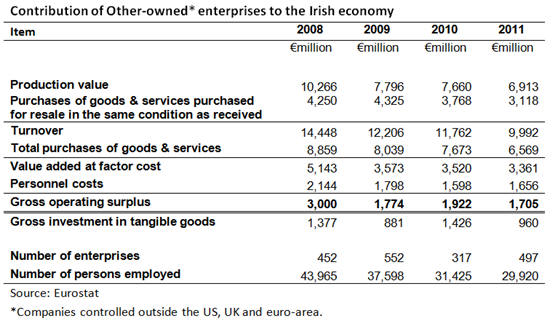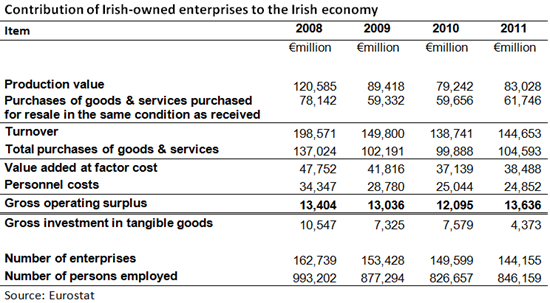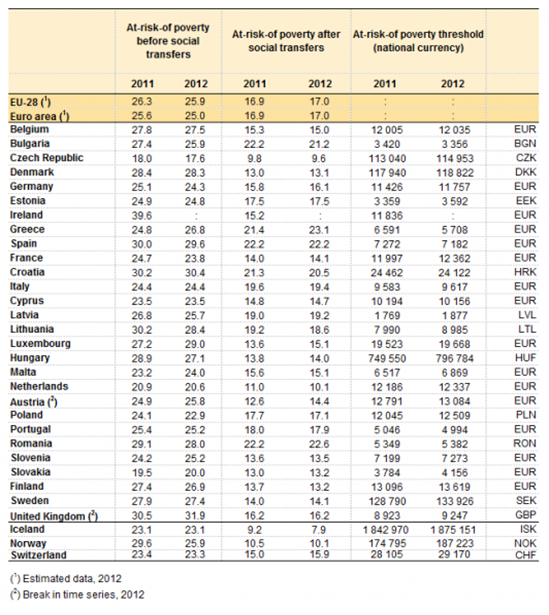Last night in a television discussion about Ireland’s corporate tax regime some issues around Irish-registered companies were raised (and are really only of interest to insomniacs and anoraks). Anyway, three points were raised:
- Irish-registered companies have to be audited in Ireland.
- Irish-registered companies must maintain their financial accounts in Ireland.
- The European Court of Justice has ruled that a company’s main centre of interest is in the country of registration.
None of these are correct. On whether Irish-registered companies must be audited in Ireland, the Company Registration Office (CRO) have said that:
The Auditor can reside anywhere in the world but must have a ARN (auditors registered number), these are obtained from the accounting governing bodies of UK and Republic of Ireland.
On whether financial accounts must be maintained in Ireland the CRO have said that:
Accounts can be prepared and signed anywhere, it is the submission to CRO and storage that is relevant.
The final point relates to the Eurofood Ltd case that was heard before the ECJ. The judgement is here and the ruling at the end states that:
the presumption … whereby the centre of main interests of that subsidiary is situated in the Member State where its registered office is situated, can be rebutted only if factors which are both objective and ascertainable by third parties enable it to be established that an actual situation exists which is different from that which location at that registered office is deemed to reflect. That could be so in particular in the case of a company not carrying out any business in the territory of the Member State in which its registered office is situated.
This clearly states that the centre of main interests and country of registration do not have to be the same but if they are to be different then clear and objective facts are required in order to show that they are different.
Unsurprisingly, the debate focussed a lot on Apple (it is after all one of the few companies we have detailed knowledge about as a result of the US Senate Report and the recent EC State-Aid letter to Ireland). Apple has Irish-registered companies at the centre of its global tax structure.
Do these companies have their centre of main interests in Ireland? The Chair of the US Senate sub-Committee that investigated Apple, Sen. Carl Levin, doesn’t think so doesn’t think so. When discussing Apple Sales International he said:
Prior to 2012, ASI, like AOI, had no employees and carried out its operations through the action of a U.S.-based board of directors, most of whom were Apple Inc. employees in California. Of ASI’s 33 board meetings from May 2006 to March 2012, all 33 took place in Cupertino.
In short, these companies’ decision makers, board meetings, assets, asset managers, and key accounting records are all in the United States. Their activities are entirely controlled by Apple Inc. in the United States.
On Apple Operations International (another Irish-registered company) the US Senate Report says the following:
AOI’s board meetings have almost always taken place in the United States where the two California board members reside. According to minutes from those board meetings, from May of 2006 through the end of 2012, AOI held 33 board of directors meetings, 32 of which took place in Cupertino, California. AOI’s lone Irish-resident director, Ms. Kearney, participated in just 7 of those meetings, 6 by telephone. For a six-year period lasting from September 2006 to August 2012, Ms. Kearney did not participate in any of the 18 AOI board meetings. AOI board meeting notes are taken by Mr. Levoff, who works in California, and sent to the law offices of AOI’s outside counsel in Ireland, which prepares the formal minutes.
Apple told the Subcommittee that AOI’s assets are managed by employees at an Apple Inc. subsidiary, Braeburn Capital, which is located in Nevada. Apple indicated that the assets themselves are held in bank accounts in New York. Apple also indicated that AOI’s general ledger – its primary accounting record – is maintained at Apple’s U.S. shared service center in Austin, Texas. Apple indicated that no AOI bank accounts or management personnel are located in Ireland.
Did Apple reveal that it is breaking Irish company law by saying that its primary accounting record is maintained in Austin, Texas? No, it is the suggestion that Irish-registered companies must maintain their financial accounts in Ireland that is wrong.
Apple is a massively profitable company but the suggestion that the company’s 4,000 employees in Cork are responsible for generating those profits is nonsense. Apple is profitable because it designs a phone that people want to buy and has developed a brand that people are extremely loyal to. Neither of these are the result of the activities of Apple’s Cork employees.
Apple is profitable because it has hugely valuable intangible assets. The location of the intellectual property that arises from those intangibles is key. If that was in Ireland then most of Apple’s profits generated outside the US could be attributed to Ireland (the IRS should be examining the nature of the agreement that allows the use of Apple’s intangibles to be split into “The Americas” and “Rest of the World” but allows it.)
The US Senate Report shows that Apple’s assets are held in America. The European Commission have asked Ireland to prove this. An Taoiseach, Enda Kenny, is confident that this is the case and in a recent Dáil debate stated that:
The intellectual property is vested in California.
There is nothing to suggest that this is not the case.
